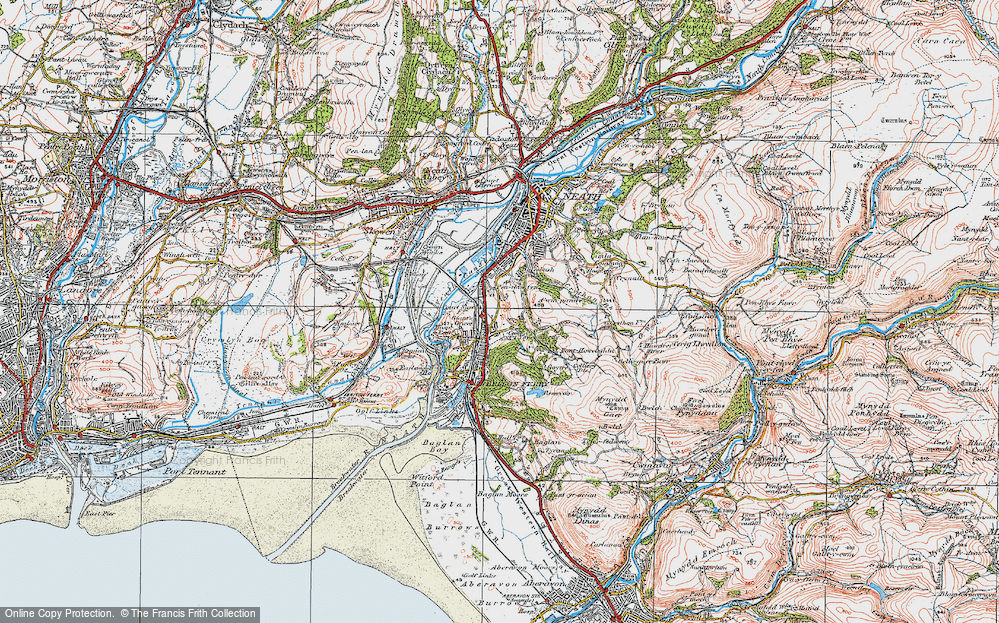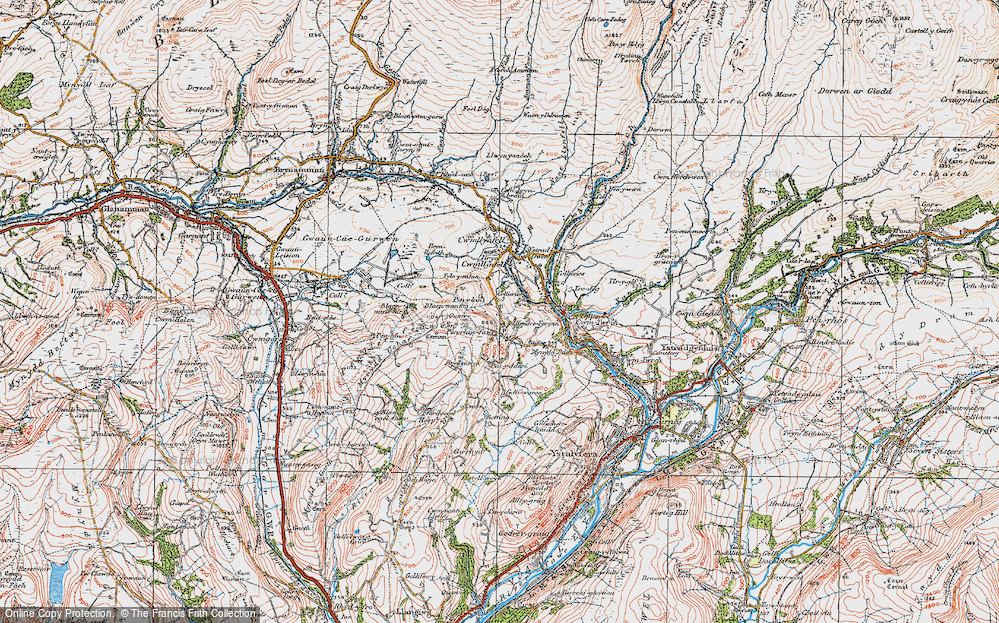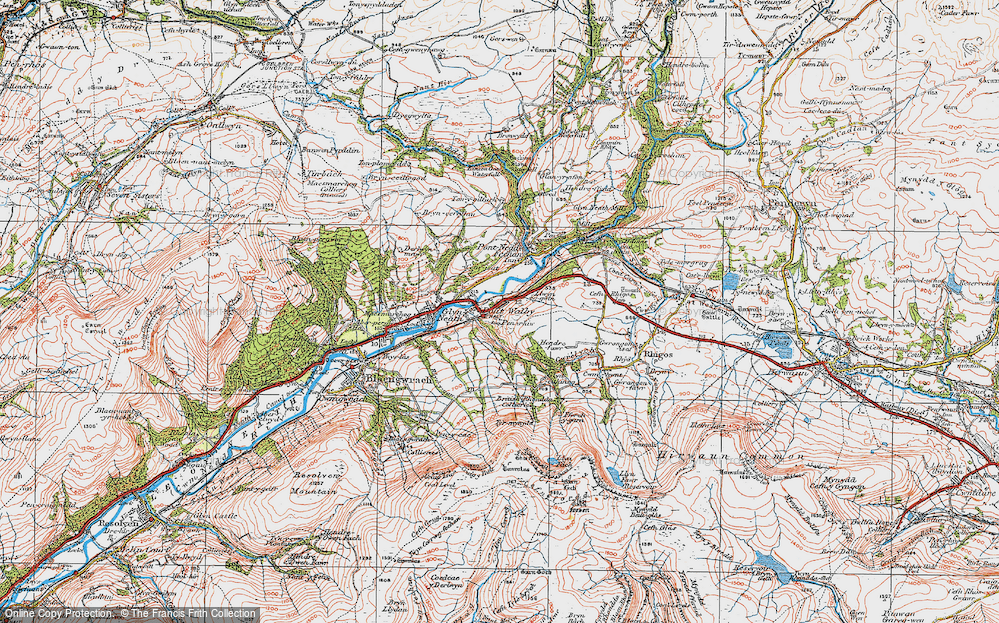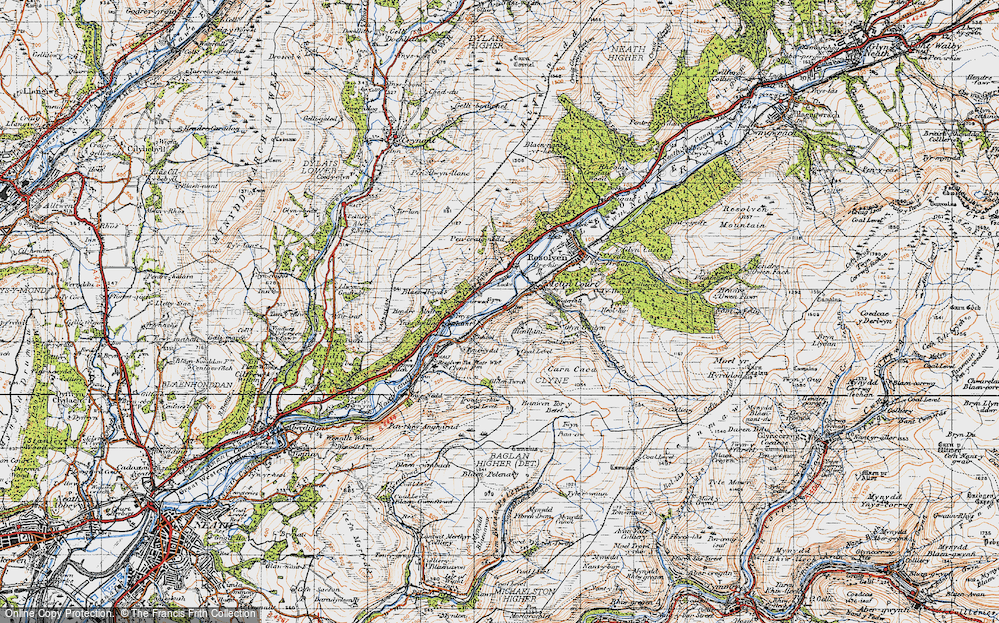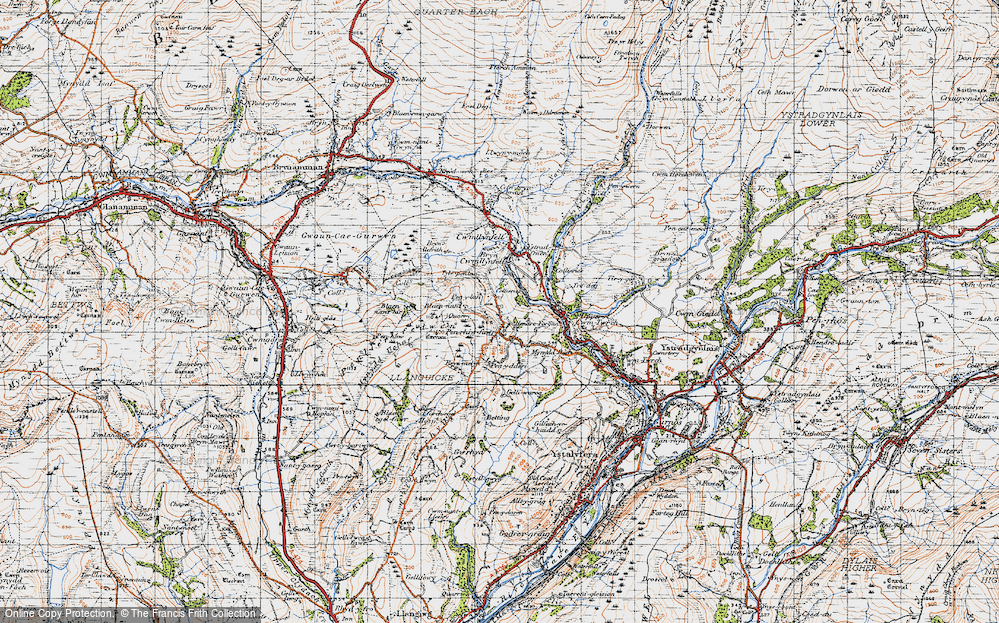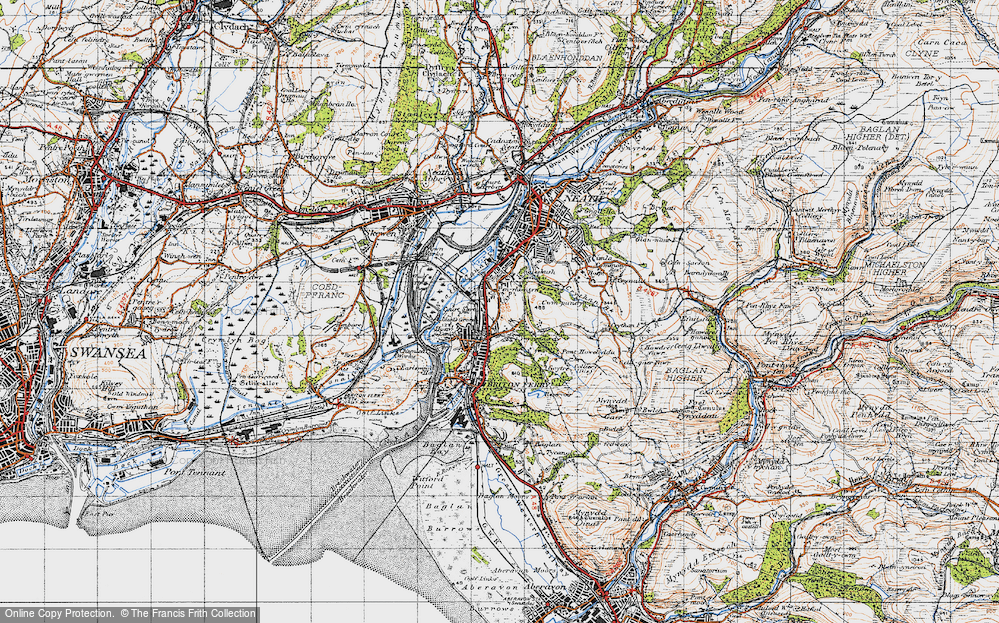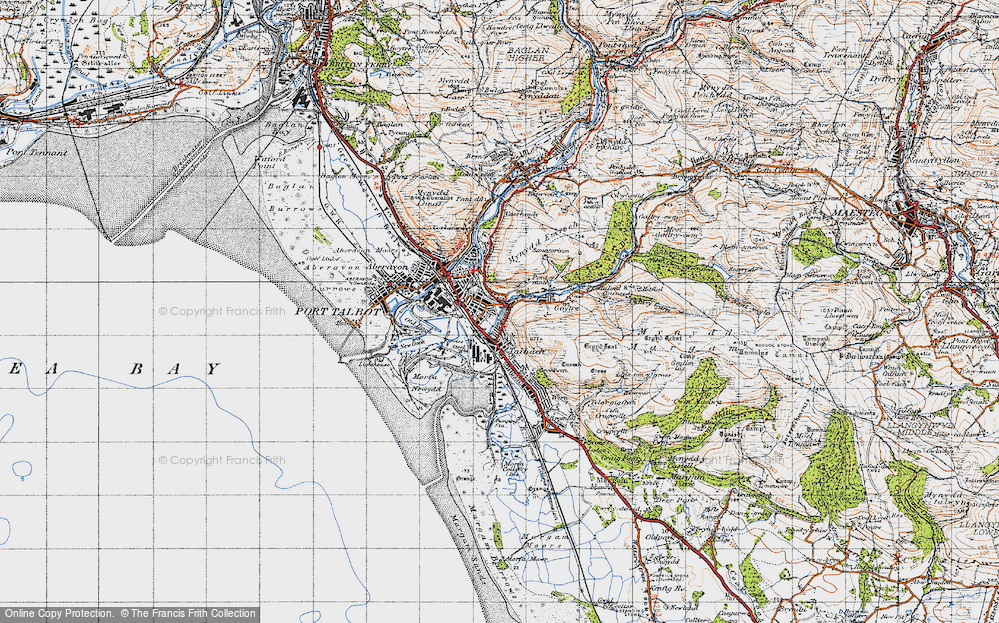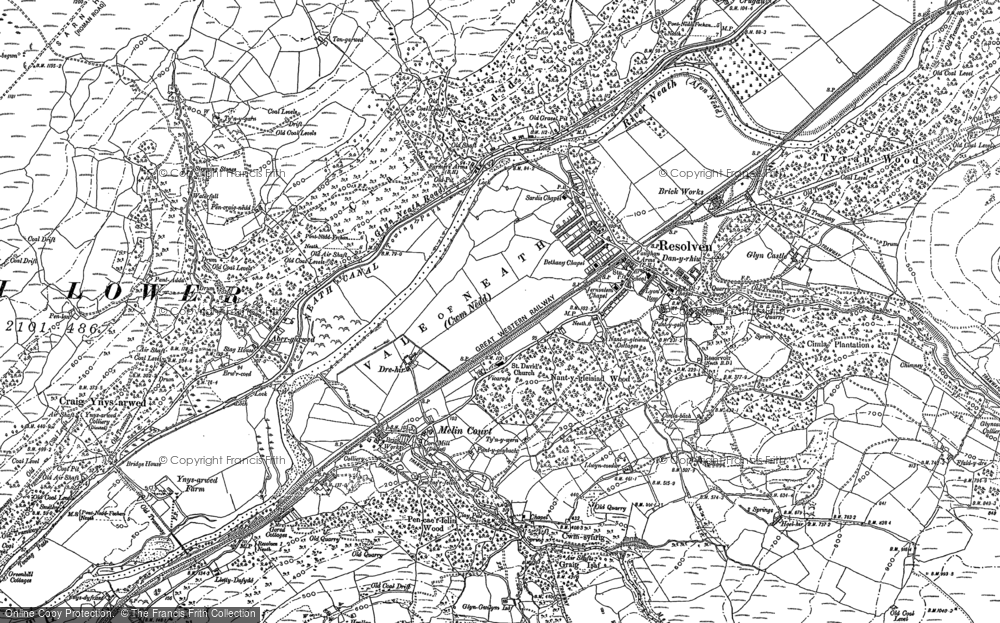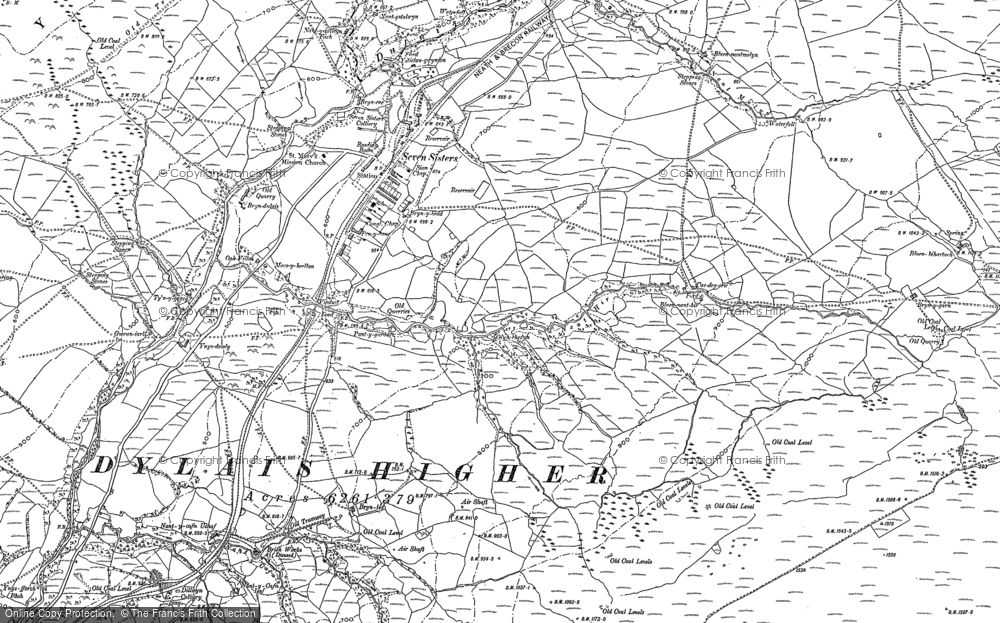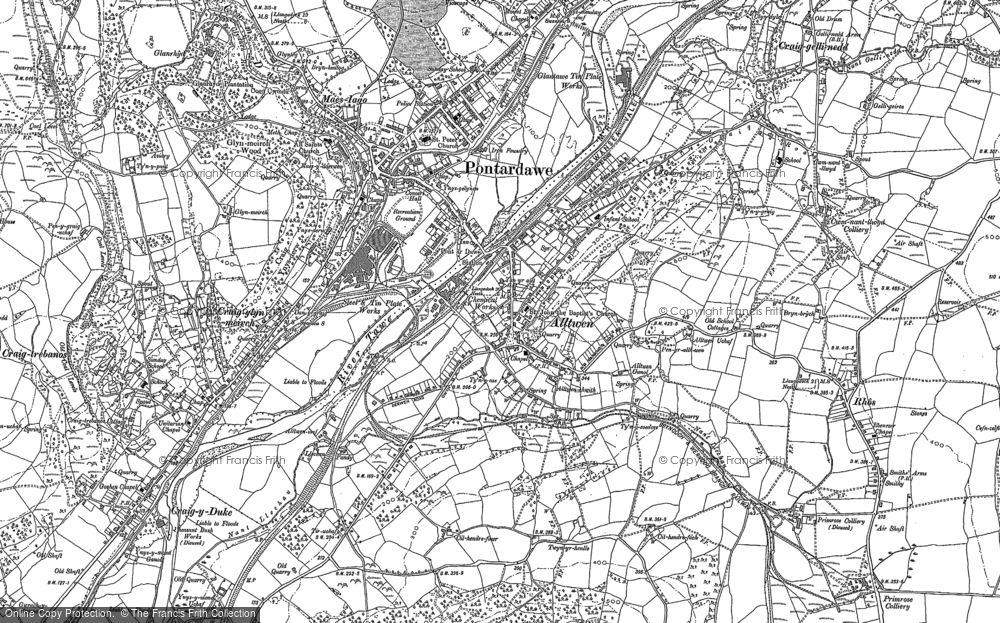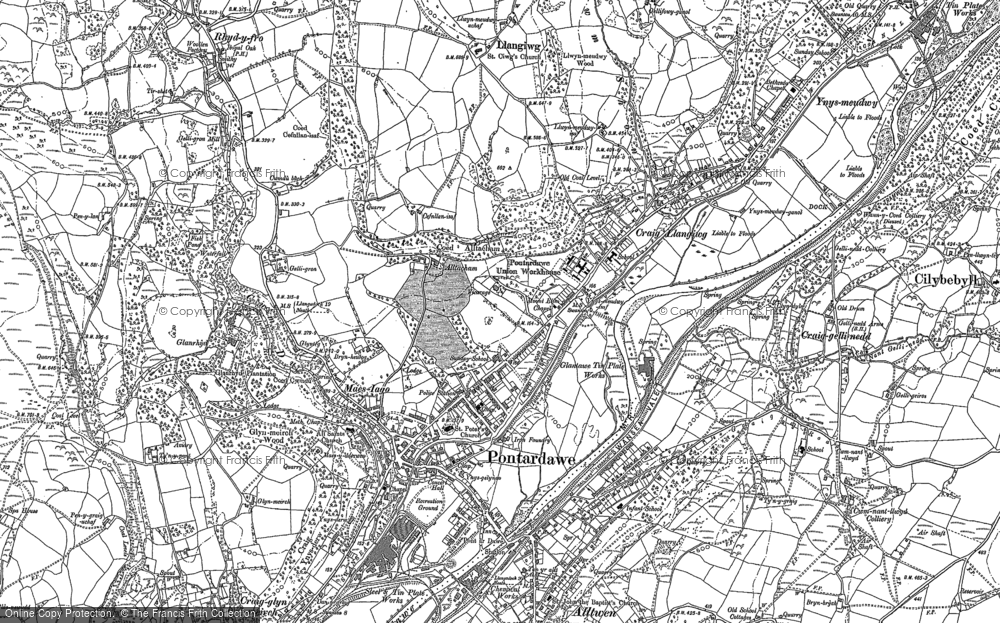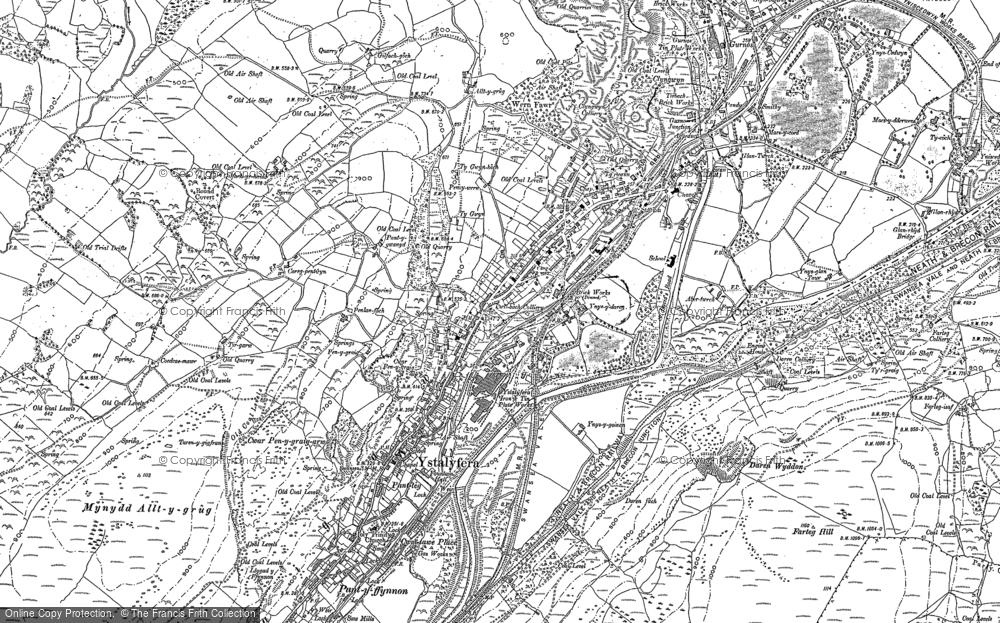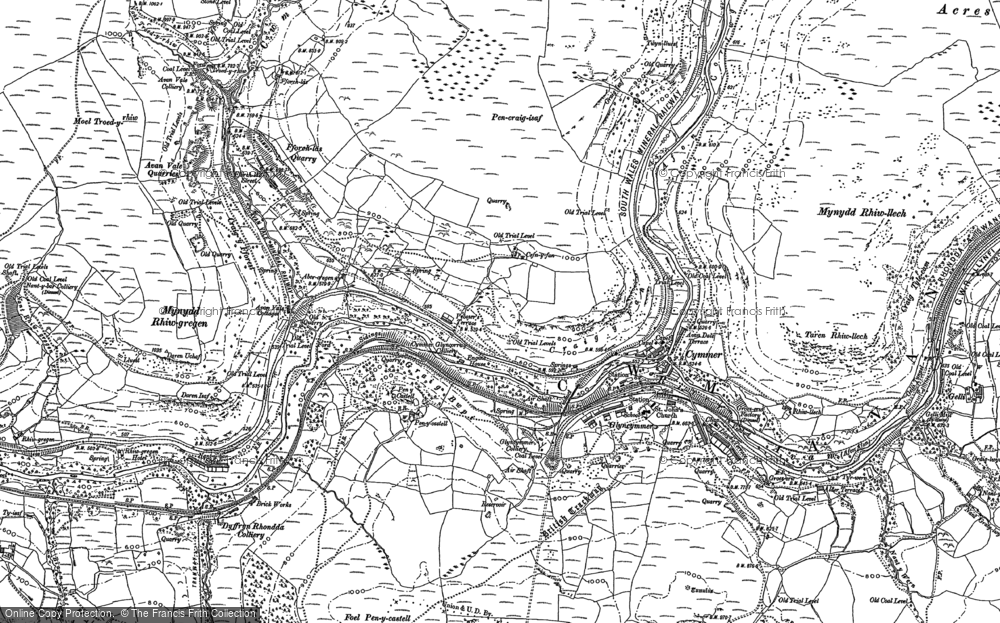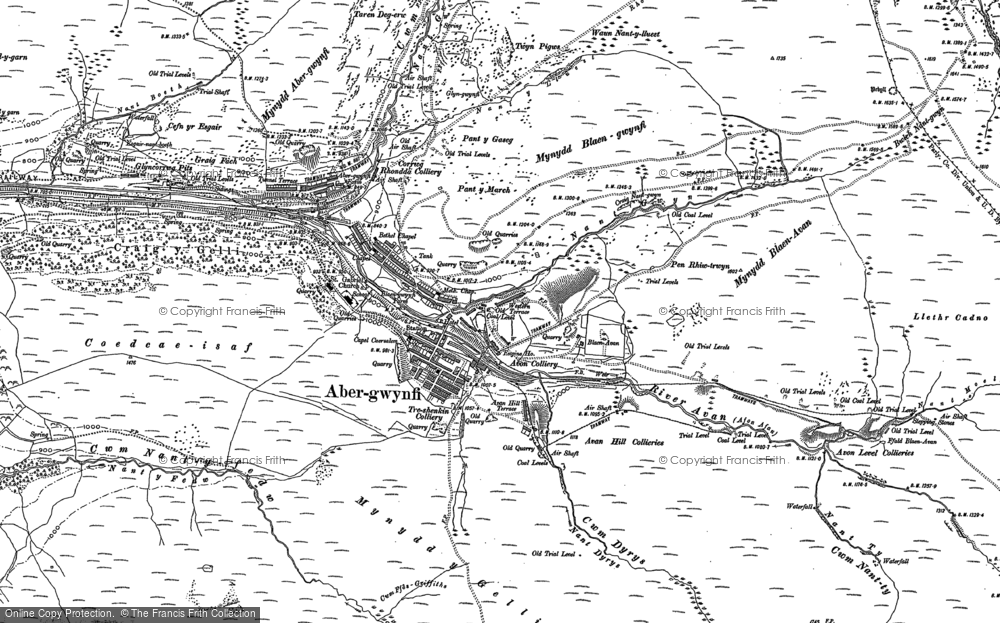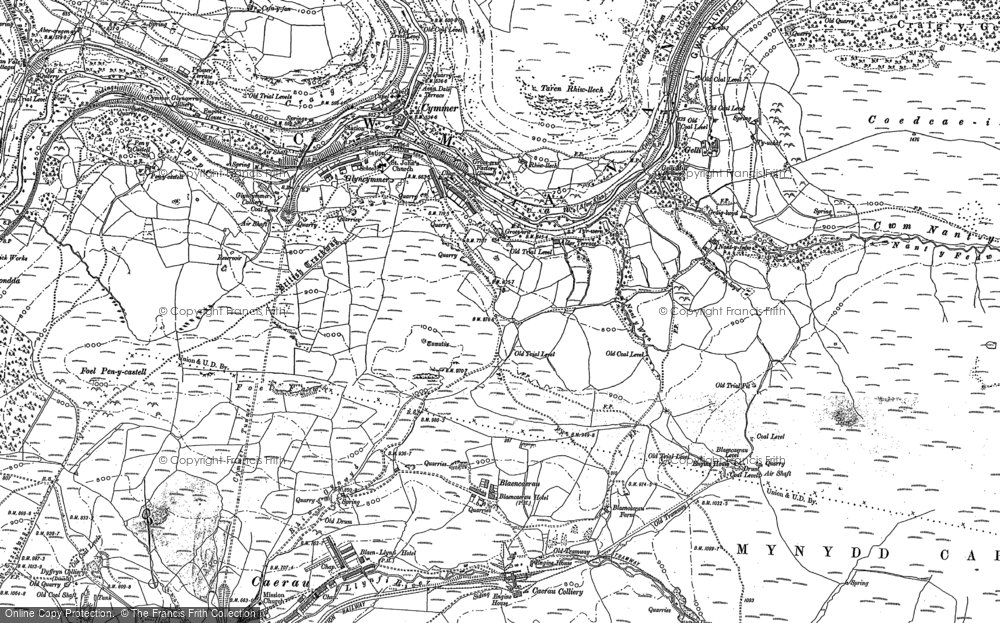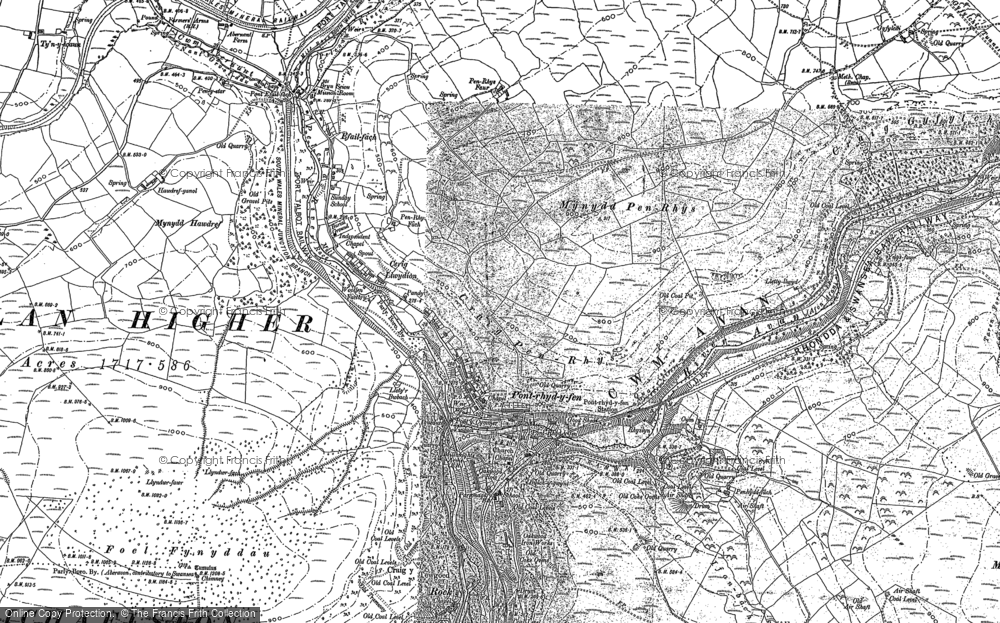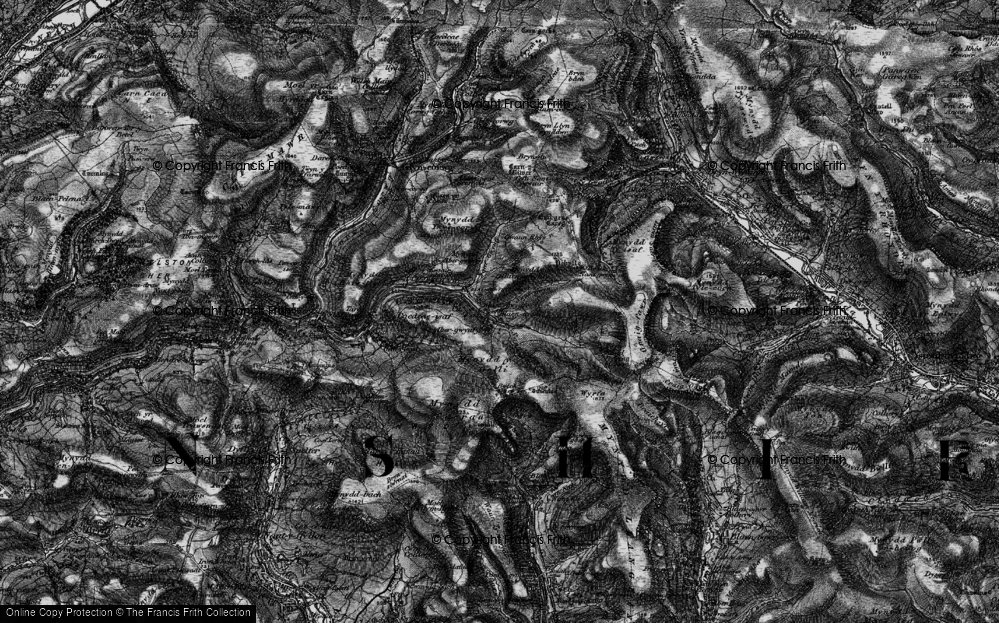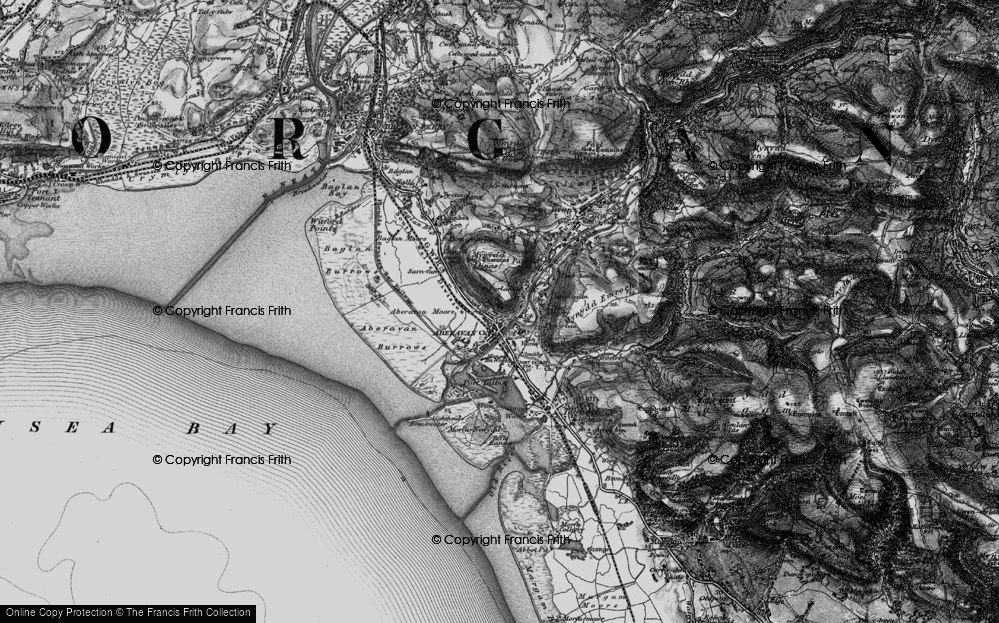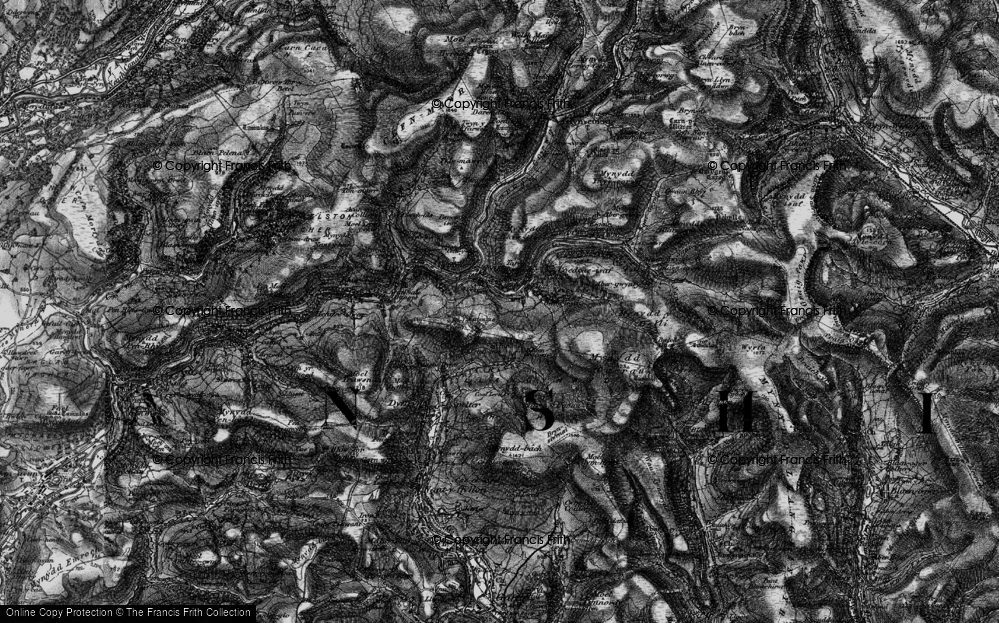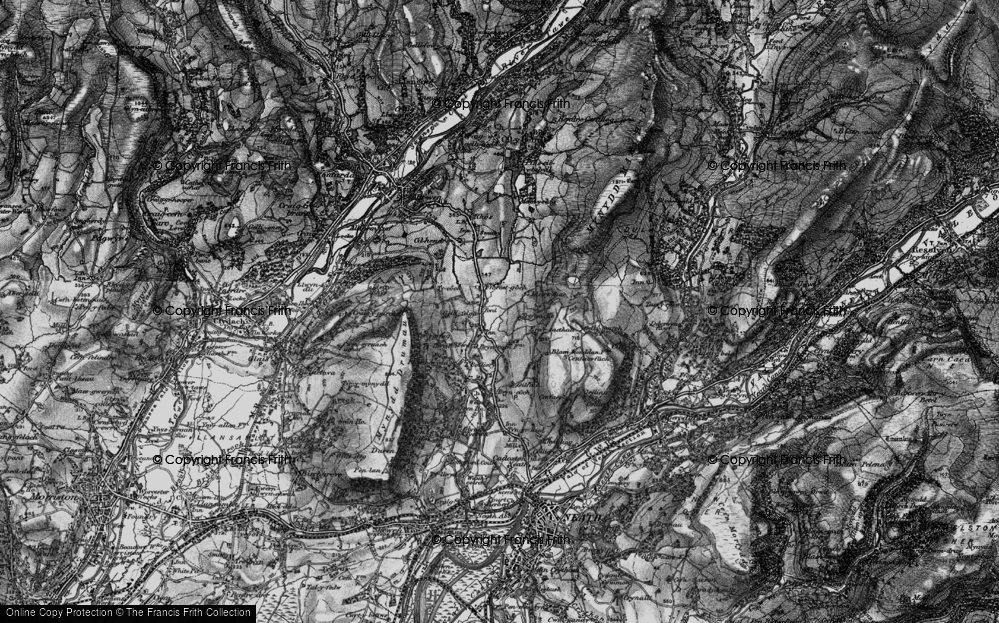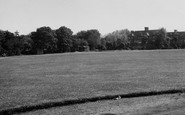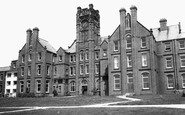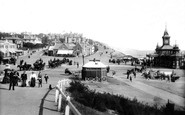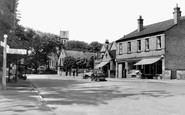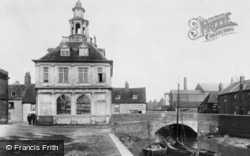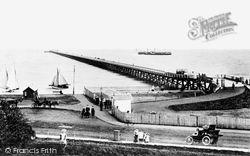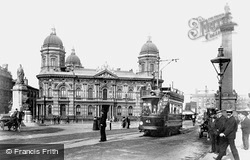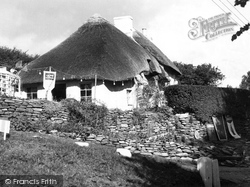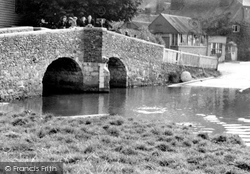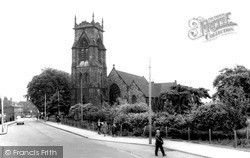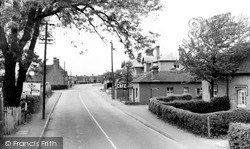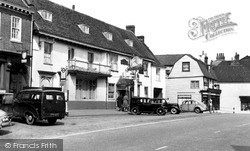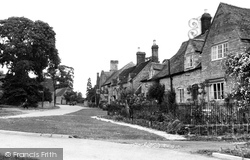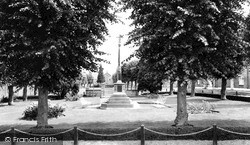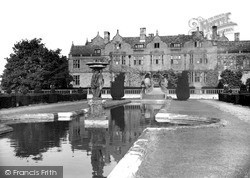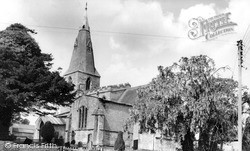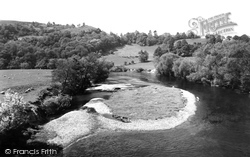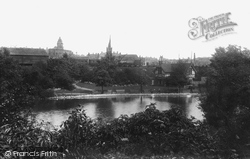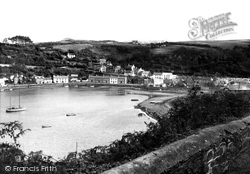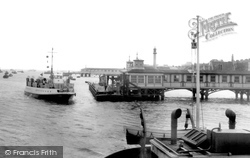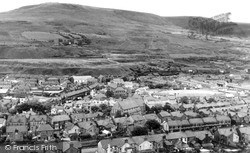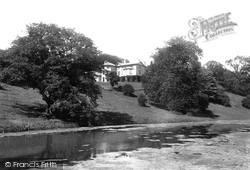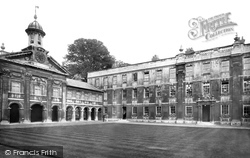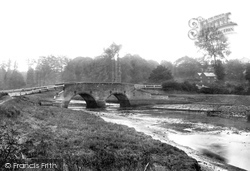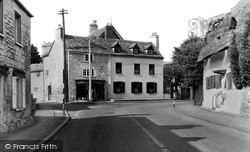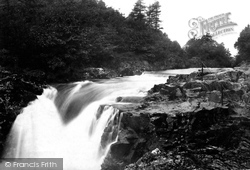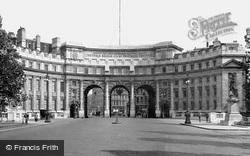Places
Sorry, no places were found that related to your search.
Photos
Sorry, no photos were found that related to your search.
Maps
670 maps found.
Books
4 books found. Showing results 361 to 4.
Memories
1,789 memories found. Showing results 151 to 160.
Many Happy Hours Spent On The 'crick'
Living in Overstrand from the age of 3 to 16 (1958-71), I spent many happy hours playing football, cricket, throwing homemade boomerangs or gliders, playing kickball (a version of hide and seek but a bit more ...Read more
A memory of Overstrand by
Moorland House School
Does anyone have memories of Moorland House School in Hillside Rd, Heswall? I was a young teacher working there for two years 1968 - 1970. I am surprised that few people remember the school which existed for many years but ...Read more
A memory of Heswall in 1969 by
My Dear Home Town Of Bournemouth
I was born there in 1928, in Boscombe Hospital, Bournemouth, and lived in Bournemouth till 1962. There is no where like Bournemouth, lovely beaches, stores, theatres, the Chines, and Shell Bay. An excursion to ...Read more
A memory of Bournemouth in 1940 by
Going To Junior School In Radcliff On Trent In 1960
My dad was in the Canadian Air Force (RCAF) stationed in Langar (born in England though) but my family lived at 16 Douglas Close just outside Radcliffe. I remember walking daily to the ...Read more
A memory of Radcliffe on Trent in 1960 by
My Beloved Bonk
I have loads of memories of village life as a kid. I was born in 1961 and still live on the Bonk. I will probably die here as well. There were many old characters back then. Iron Bates the vegetable cart man (did some boxing ...Read more
A memory of Cheslyn Hay in 1969 by
Evacuee
I was evacuated from London to Oxford with Burlington School on 1st September 1939. At first we had our lessons in the old Milham Ford School premises but after a few weeks transferred to the new school in Marston where we shared the ...Read more
A memory of Oxford in 1940 by
The Stone Family Of Margate
What wonderful memories I have of my childhood holidays in Margate. Reading others memories bring them all racing back. The children born just after the war were so lucky. Although we really had nothing as regards money or ...Read more
A memory of Margate in 1880 by
I Lived In Midford
The family moved to Midford when I was 15 (1966)... We lived in The Laurels, as you go down Midford hill heading away from Bath our house was to your right over the valley.... I used to work in Bath (David Gregs) and rode a ...Read more
A memory of Midford by
Living In Rye
Hi, I lived in Rye until I went into the army in 1955. I went to the Primary School in Ferry Road, then to the Rye Secondary Modern. When the Seond World War was on we were living at Cadborough, then we moved to Military Road, a ...Read more
A memory of Hastings in 1940 by
Childhood Memories
My mother and I came from the USA to Port of Ness in the summer of 1939. We lived in Port of Ness and I went to Lionel School until I was in Class 2. These were the war years, but we were relatively safe in Port of Ness. I ...Read more
A memory of Port of Ness in 1940 by
Captions
1,058 captions found. Showing results 361 to 384.
The Custom House was built in the Palladian style in 1683 by Henry Bell, then mayor of this thriving port.
Known more these days as a container port, Felixstowe in 1906 was a genteel seaside resort, and steamers would have pulled up at the pier bringing passengers from Great Yarmouth, Walton-on-the-Naze, Clacton
These imposing Dock Offices reinforce Hull's position as a major port.
The thatched roofs of the Ship Light's and Port Cottage lie in the valley at Lower Eype.
The riverside site at Eynsford has been occupied since at least Roman times - a short distance away is the well-preserved Roman villa of Lullingstone.
He used to preach with the church door open so as not to miss fellow cock fighters passing by on their way to matches at Darlaston Fields - and would cut short his sermon to follow them.
The footpath between the low hedge and the rendered bungalow (right) offers a short meander to the gates of Gopsal Park and Little Twycross.
The most famous resident of this attractive village was Sir Winston Churchill, who lived a short walk away at Chartwell.
He used to preach with the church door open so as not to miss fellow cock fighters passing by on their way to matches at Darlaston Fields - and would cut short his sermon to follow them.
As we walk around the village it is not at all apparent why it should be named Cleeve or 'cliff'; but in fact the village sits just a short distance away from a steep 200ft cliff overlooking
This view looks north-east past the war memorial cross of about 1920 towards Watling Street, which forms the Green's short east side.
It has had its share of illustrious visitors, including Elizabeth I in 1572, and Charles I in 1642, shortly before the Battle of Edgehill.
The church of St James, with its broach spire and Anglo-Saxon long and short stone work in the nave, was newly seated and restored in 1854-55.
Within a short distance, the river becomes the border between Herefordshire and Gloucestershire. Further on, it subsequently becomes the border between England and Wales.
On this side of town the Midland operated a short goods branch to Brampton.
This very attractive fishing port used to be a busy port for agricultural and fish product exports.
The passenger ferry from the Essex port of Tilbury approaches the Town Pier at the end of its journey across the Thames.
Llantwit Major stands on the Afon Colhugh, and the place is said to have once been a port.
A short-lived second villa gave way to the house pictured here, built by Edward Haycock c1820.
After the dissolution came a short period of disuse before Sir Walter Mildmay restored parts of the friary for use as a college.
The bridge carries the road over the River Deben, where a short-lived quay was built in the 19th century. A bridge of 1764 was replaced by this one of white brick and stone in 1798.
During his short career Archer notched up 2148 wins from 8004 mounts, but despite this success he took his own life while in a state of temporary insanity induced by typhoid fever, according to the
The force is not very high, but it generates immense power; some of the water was formerly conducted in a large pipe to workshops a short distance downstream where locally quarried slate
Traffic was still so light in the 1920s that the Mall was not treated as a major artery of even a short cut.
Places (0)
Photos (0)
Memories (1789)
Books (4)
Maps (670)




